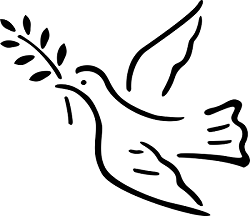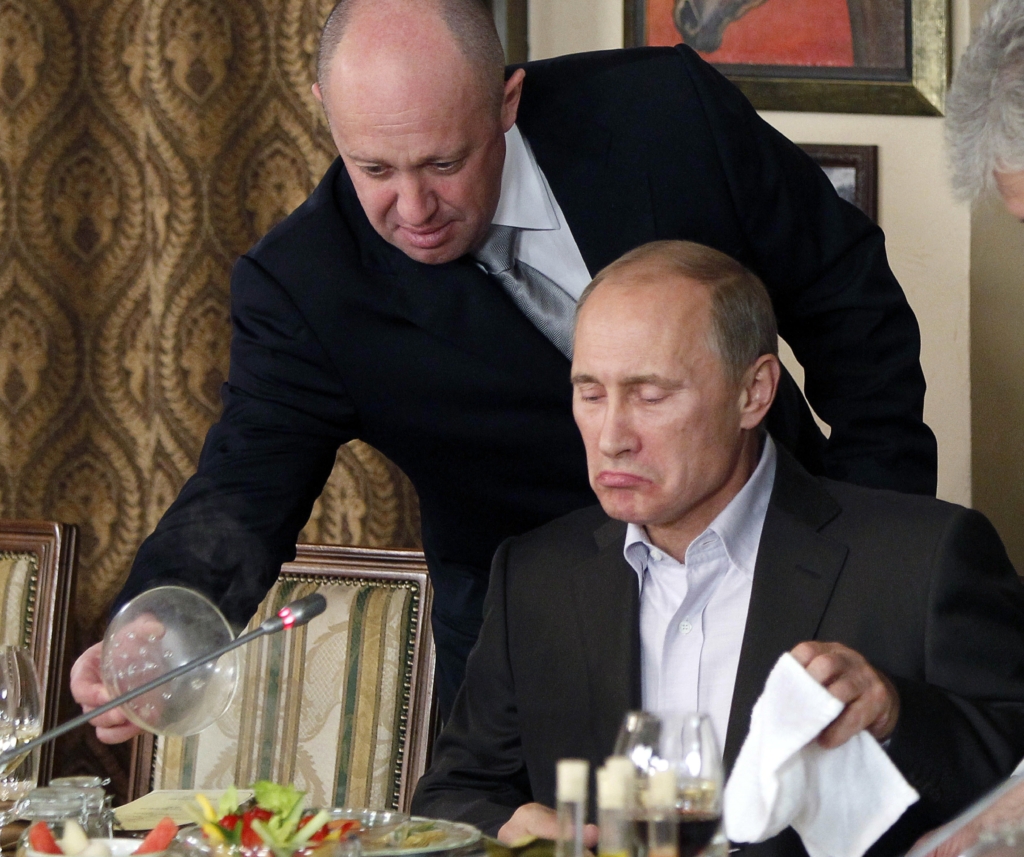Progress in global trade governance owes a lot to European and US collaboration. But as the US renounces its role of chief trade architect, the EU must consider alternative options
After the second world war, European integration went hand-in-hand with the construction of the international rules-based order. Before the European Community of Coal and Steel took shape, 23 nations—among them the US—signed in 1947 the General Agreement on Trade in Tariffs (GATT). In doing so, they laid the foundations of the international trading system.
But now a new economic order is emerging. Europeans need to consider how they can lead in the turmoil of a changing economic future—which might not include the US.
The US and GATT
The GATT was negotiated in parallel with attempts to establish an International Trade Organisation (ITO), which post-war powers considered the third leg of global economic governance (alongside the International Bank of Reconstruction and Development, and the International Monetary Fund). The US senate eventually refused to ratify the ITO’s founding treaty, the Havana Charter, but the GATT survived to become part of the World Trade Organisation (WTO) in 1995.
One of the cornerstones of the GATT was the Most-Favoured Nation (MFN) principle, whereby a tariff concession given to one country becomes available to all other countries. US negotiator Cordell Hull and his successor William Clayton strongly championed non-discrimination—contrary to the British delegates, who wanted to protect their imperial preferences and accused the US of being “dogmatic American free traders.”
Eventually an agreement was reached that met both positions halfway. America’s flexibility had less to do with its trade interests and more to do with its desire to bolster a transatlantic alliance as it deployed the Marshall Plan throughout Europe. With negotiations taking place in 1947, two years after the Yalta Conference, trade concessions were ultimately weighted in favour of strengthening the West against the Soviet Union as a cold war was emerging.
The US, under President Harry Truman, used a global trade agreement to bolster its alliances—putting it at the service of broader US geopolitical objectives.
Trump’s trade disruption
Almost 80 years later, another American president has ended the MFN principle with the stroke of a pen. On 13th February 2025, President Donald Trump signed the “Fair and Reciprocal Plan”—neither fair, nor reciprocal. Now, any practice by any trading partner which does not help the US reduce its own trade deficit in goods (the US enjoys a surplus on trade in services) justifies a unilateral reprisal by the US.
The Trump administration understands reciprocity as a one-way street; other countries must lower tariffs to match those of the US, but not the other way around. As such, America is now enjoying the same “special and differential treatment” which the multilateral trading system reserves for developing countries.
Trump’s plan throws a wrecking ball into the four principles that have so far shaped the multilateral trading system: non-discrimination; maximum tariff levels established through negotiations; special provisions for developing economies; and membership with equal rights and obligations, rather than mere followership.
European options
For those Europeans working together with countries which still care about and value a global, rules-based trade system, there are three options: a more flexible WTO; a “variable geometry” WTO; and a “big bang”
- A more flexible WTO
Under this first option, WTO members would agree to reform existing rules to grant members greater flexibility. This could mean authorising the introduction of temporary increases in tariffs or using existing arrangements, such as GATT Article XVIII, to renegotiate the existing balance of concessions or to provide greater space for members to invoke the national security exception. This could also allow for the use of subsidies to support domestic industries.
While this option could generate unfair advantages for those using the updated arrangements, it could help keep all WTO members within the organisation and ready to play by more flexible rules—which members would clearly delineate and limit, to avoid large negative spillover effects. - A “variable geometry” WTO
The second option would keep the existing global trade rules for those members willing to remain in the WTO, even in case of US withdrawal. This has happened with the WTO’s dispute settlement second-instance appellate body: the EU and a broad coalition of countries including Brazil, China, Japan and Mexico are maintaining an internal interim appeal procedure in disputes among them further to US blockage of new appointments. This is also the case with plurilateral agreements in areas such as ecommerce or investment facilitation.
Should the US withdraw legally or de facto, the multilateral trading system would take a serious hit. Without its second largest trading partner, the WTO would reduce its ability to discipline international trade: not to mention that today 80% of international trade takes places under the MFN principle. However, if all other countries remain committed to the system, the US will find this difficult to ignore. - A “big bang”
Given the high level of geopolitical tension, the possibility of a major global clash cannot be excluded. A third option could see a “big-bang reform” emerge from the ashes of a confrontation—a new “1947 moment”.
Such a dramatic situation could allow for a major rethink of the global trade architecture and a return to the original attempt by the Havana Charter to link trade, employment and debt. Even if a major global conflict is undesirable, however, it is unlikely that enough political energy exists for a big bang option right now.
A lot has happened since the GATT members met by Lake Geneva in 1947. Trade has grown exponentially; there are new issues, including intellectual property, the digital economy and climate change. China and other emerging economies drive international trad and, for the first time in over 200 years, trade between global south countries is surpassing trade between global north countries. Africa has embarked on the creation of the Continental African Free Trade Area, the world’s largest free-trade area.
The US, formerly the political architect of the global trading system, now blames it for all its economic woes; new actors, including businesses and NGOs, are influential in trade governance. A voice of reason would advise the reform of today’s multilateral trading system.
But realism requires imagining a governance system without its key founding father. It might be unlikely, but Europeans should not dismiss the “big bang” hypothesis—even as it takes every measure possible to prevent chaos reigning.
The European Council on Foreign Relations does not take collective positions. ECFR publications only represent the views of their individual authors.
Source link










